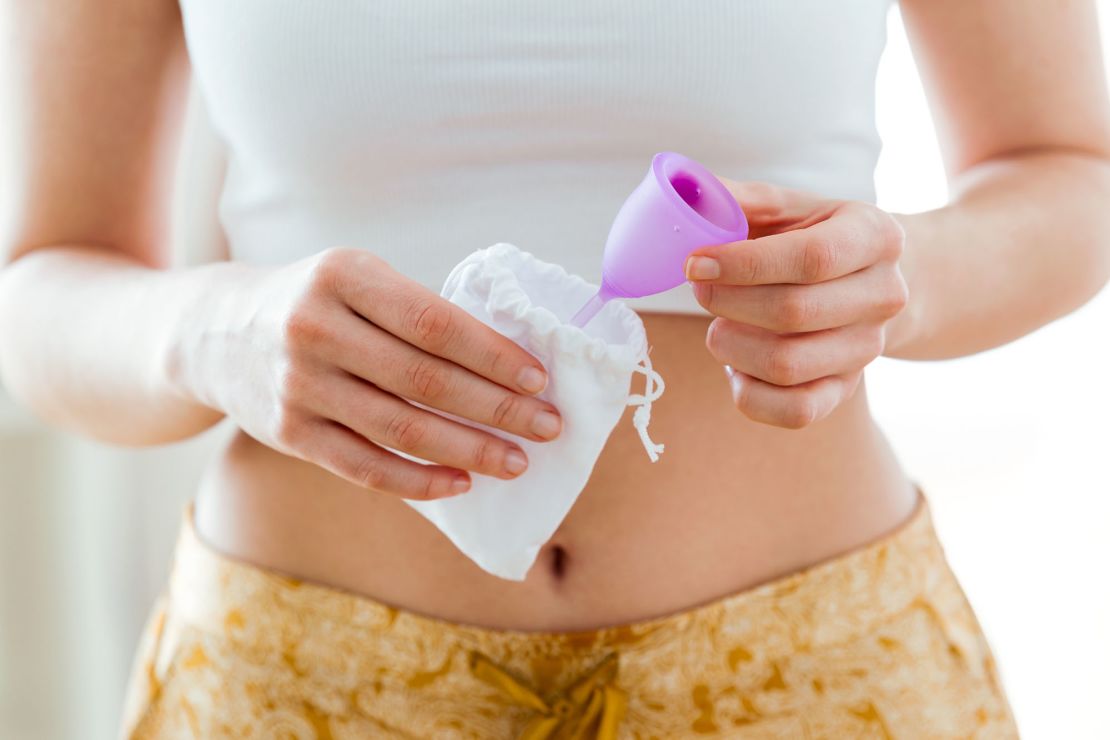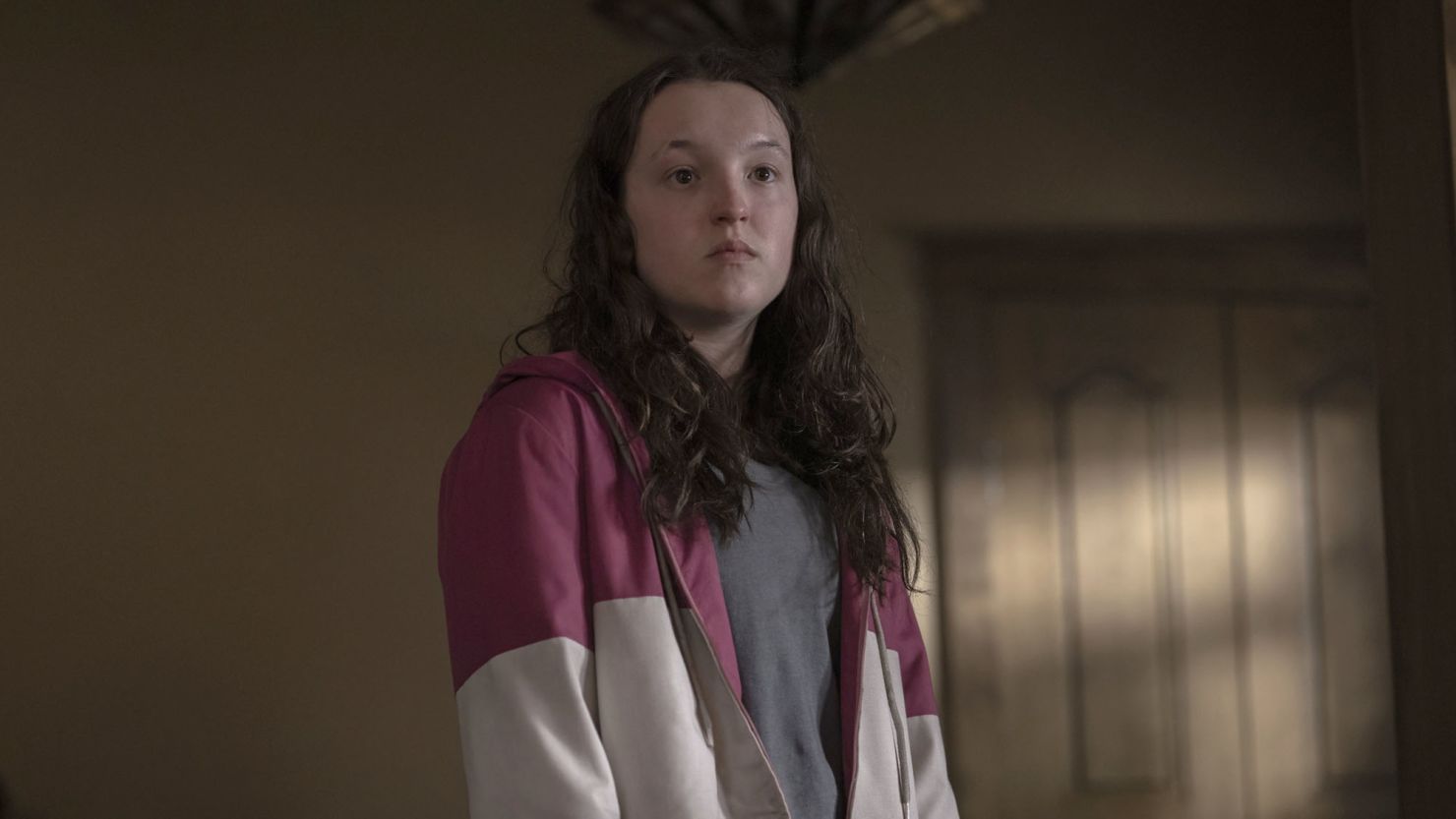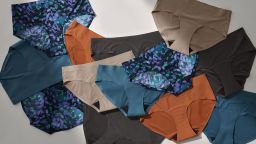Menstruation is a fact of life, but have you ever wondered how you’d deal with it in an apocalypse? Luckily for us, the hit HBO show “The Last of Us” has the answer: a menstrual cup.
In the latest episode, “Kin,” Pedro Pascal’s character, Joel, is reunited with his brother Tommy (Gabriel Luna), with teenager Ellie – played by Bella Ramsey – in tow. Joel and Ellie spend some time with Tommy and his partner Maria (Rutina Wesley), who lays out vital supplies for any zombie-dodging girl – clothes and a menstrual cup. (HBO, like CNN, is a unit of Warner Bros. Discovery.)
But what is a menstrual cup?
Just like a tampon, a menstrual cup is inserted into the vagina during menstruation. But rather than absorbing the blood like a tampon, the medical-grade-silicone cup collects it. The cup forms a seal around the cervix to prevent leakage, Gareth Nye, senior lecturer in physiology and maternal health specialist at Chester Medical School in England, told CNN on Monday.

The cup has a stem underneath that helps with insertion and removal. When it is full, it can be emptied directly into the toilet. The cup is then rinsed or wiped with toilet paper before being reinserted. It should be given a deeper clean between periods.
A menstrual cup can go up to 12 hours before being emptied (depending on how heavy the menstrual flow is and the type of cup) and can last up to 10 years. Nye says this makes it a better option from both an environmental and a financial point of view.
Why don’t more people use them?
Menstrual cups are not a new invention – in fact, they have been around since the 1930s.
But a 2019 analysis published in the medical journal The Lancet Public Health found that that only 30% of the observed 69 international websites offering materials on puberty mentioned them a an option.
“It’s a lack of education,” said Dr. Shirin Lakhani, a former general practitioner, now a cosmetic doctor and women’s sexual health specialist based in Kent, southeast England.
Speaking to CNN on Monday, Lakhani said we belong to a “throwaway society,” where if something like a sanitary product is reusable, it isn’t considered hygienic.
“I think more education is needed around that in schools” on their benefits and how to use them, she added.
Nye acknowledged that there were some downsides to using a cup, such as the “steep” learning curve on figuring out the “right fit,” the potential messiness, and squeamishness about dealing with blood. But there is also still a “taboo” that makes it difficult to discuss alternative products.
“When you talk about women’s health, it’s all the stigma associated with it – you’re taught to be embarrassed,” Lakhani explained.
The casual reference to menstruation in a hit show like “The Last of Us” is a step to breaking this “taboo” about talking about the monthly cycle experienced by 1.8 billion women, more than a fifth of the world’s population.
Recalling how at high school she would sneak a tampon or pad up her sleeve to avoid it being noticed, Lakhani said “increasing awareness opens up the conversation” about periods and the alternative sanitary products available.
It can also help people such as single dads, who need to know how to help their daughters when they start to have periods, she added.
Are they safe?
According to the 2019 analysis, menstrual cups are safe and effective, as well as offering a lower-cost and resource-saving solution.
Penelope Phillips-Howard, a professor of public health epidemiology at the Liverpool School of Tropical Medicine who was the senior author of the analysis, told CNN that menstrual cups can be part of a wider solution.
“In any impoverished set of circumstances be it in Liverpool, or London, or anywhere in low-middle-income countries, people really struggle – women and girls really struggle to be able to manage their menstruation,” she said.
In a world moving increasingly away from single-use products, menstrual cups could make a big difference.
CNN’s Nina Avramova contributed to this report.


